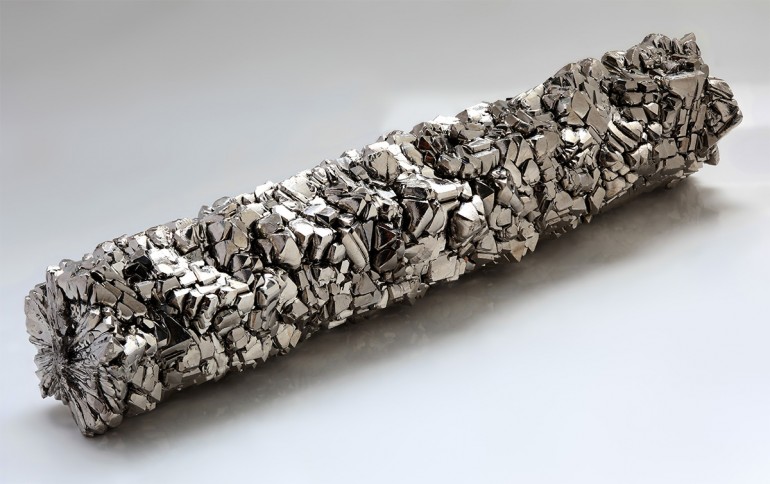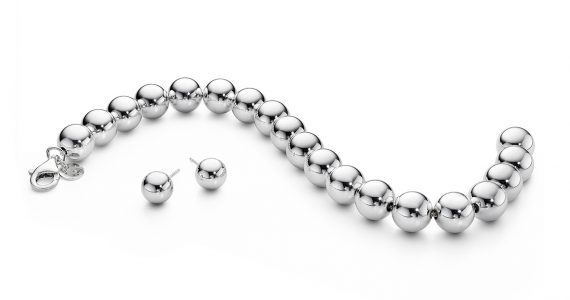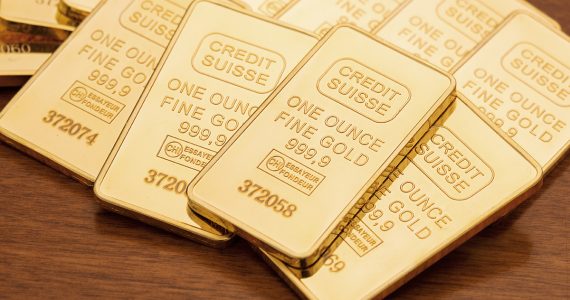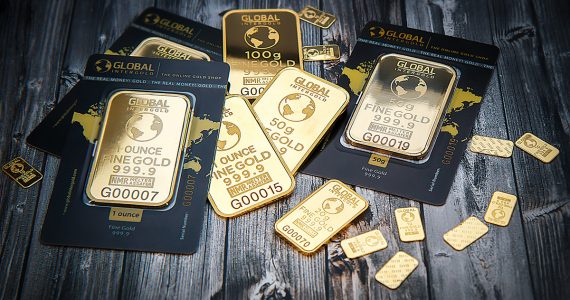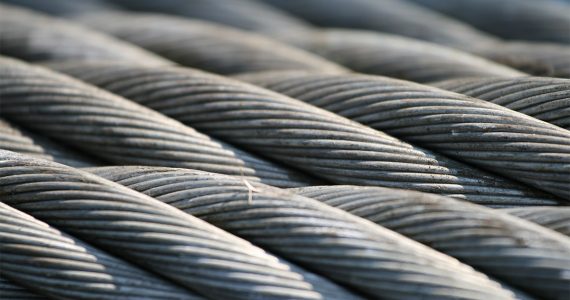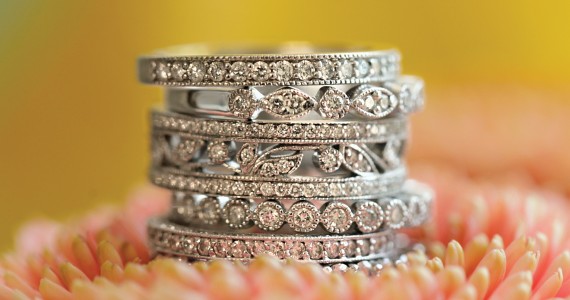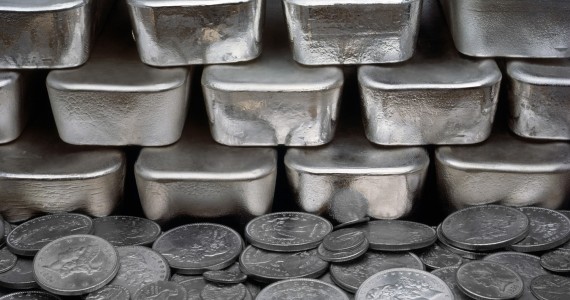It was only in 1910 that titanium was isolated, but since then this metal has gone on to become one of the most in demand. This should not be surprising as its properties allow it to be used in different ways. Titanium is commonly found in mineral deposits around the world, but it is still expensive which says a lot about its usefulness.
Properties
Set at number 22 in the periodic table, titanium has a 47.9 atomic weight. In terms of abundance it is the fourth most common on the planet, and it is often found in ilmenite and rutile. Studies have also determined that ilmenite is more common in metamorphic and igneous rocks while rutile is found in assorted mineral deposits.
While titanium is quite common, it is still one of the most expensive metals as titanium alloys are hard to manufacture. Titanium also has a high melting point at 3137 F which is higher compared to steel.
Spacecraft and aircraft are exposed to different types of weather, and in the case of spacecraft, solar radiation. This extra durability is the reason why titanium is appropriate for aerospace engineering.
Titanium is strong, with a shiny, hard appearance. In terms of strength titanium is comparable to steel but doesn’t have the same density. Because of this most manufacturers use it as an alloy for other metals like iron and aluminum.
Applications
So why go through the trouble of producing this metal? The reason is titanium is versatile and can be used for a wide range of products in different fields. Titanium has been used – and continues to be used – in satellite construction, spacecraft components and also for building aircraft.
Titanium alloy is also used in various industries as well as chemical processing, consumer goods and medicine. Titanium metal is compatible with bones, which is why it is often used for teeth implants and replacing joints.
When used as an alloy, titanium is good enough to be used in military equipment, weapons and vehicles. Any application that needs a low density but durable material will benefit from titanium.
Other applications for titanium are crutches, bicycles, laptops and golf clubs. Titanium is also used in power plant condenser pipes due to its corrosion resistance. Titanium doesn’t corrode in seawater so it is capable of protecting ship hulls and desalination plants. Even the components of submarines will be protected.
Titanium is also used in house paint as titanium oxide and also pigment in paper, enamel, plastics and artists’ paint.
Durable and Lightweight
With a 47.88 atomic weight, titanium is lighter than other metals but just as strong. Its density is about 60% of iron and this allows for easier processing. Titanium can also be fortified more easily than other metals.
Don’t let its low density fool you though, as its tensile strength is from 30,000 to 200,000 psi depending on whether it is titanium or titanium alloy. It is this feature that makes titanium the perfect component for aircraft as it needs materials that won’t add too much weight to a plane. The durability of titanium also ensures parts of the aircraft will survive in the event of a crash.
Resistance to Corrosion
This is another area where titanium has the edge because it is resistant to wear and tear. Titanium can withstand oxides, salt solutions, chlorine gas, acids and other types of corrosive elements.
When it comes to corrosion resistance, titanium is almost as good as platinum, and that makes a big difference in petrochemical and chemical applications.
Flexible
One of the key elements of titanium is that its elasticity is 14.9 x 106 ps. This is 50% that of steel so it’s more flexible. Yet that flexibility doesn’t compromise its strength as titanium can handle lots of force and heavy impact.
Think of titanium as something similar to a spring that allows it to withstand a lot of pressure. As a protective material this metal is one of the most effective available.
This metal’s expansion has a low coefficient, and this is what allows titanium to be used with glass, ceramics and composites. Unlike other metals you can use titanium in a wide array of applications.
Non-Toxic and Hypoallergenic
It’s a known fact that some people are allergic to metals, but titanium is hypoallergenic and won’t trigger any allergic reactions. Due to this fact, titanium makes for fine jewelry since it doesn’t irritate the skin. Its nontoxic properties also means it is a good choice for bio-material and marine applications.
Conclusion
Since titanium was discovered in 1791, this metal element has gone a long way and is now used in various industries. Titanium has gained popularity with younger folk who have come to associate the metal with Iron Man, but really there is a lot more to titanium than people may realize.

